Spruce Trees in Montana
Spruce trees can be found throughout Montana, while Engelmann and White spruce are native to Montana and Colorado. Black Hills and Norway spruce are a few of the introduced species. Spruce are extremely cold hardy and deer resistant, making them a good tree for many Montana settings. On the other hand, spruce can become huge trees that urban landscapes might not be able to accommodate. In general, spruce like moist, well-drained soil and do not handle drought stress well, which could be a problem in some areas of Montana. Identifying and understanding spruce requirements are important elements of spruce success in Montana.
Native Spruce Trees
Engelmann spruce, Picea engelmannii
Engelmann spruce are native to the mountains of western and central Montana. They prefer deep, rich, loamy soils and ample moisture. Engelmann spruce have a narrow, spire-like habit. They are taller and slimmer than a Colorado spruce and have ascending branches. Their needles point towards the branch tip. The needles are four-sided, prickly, and can be blue to blue green. Their cones are one to three inches long.
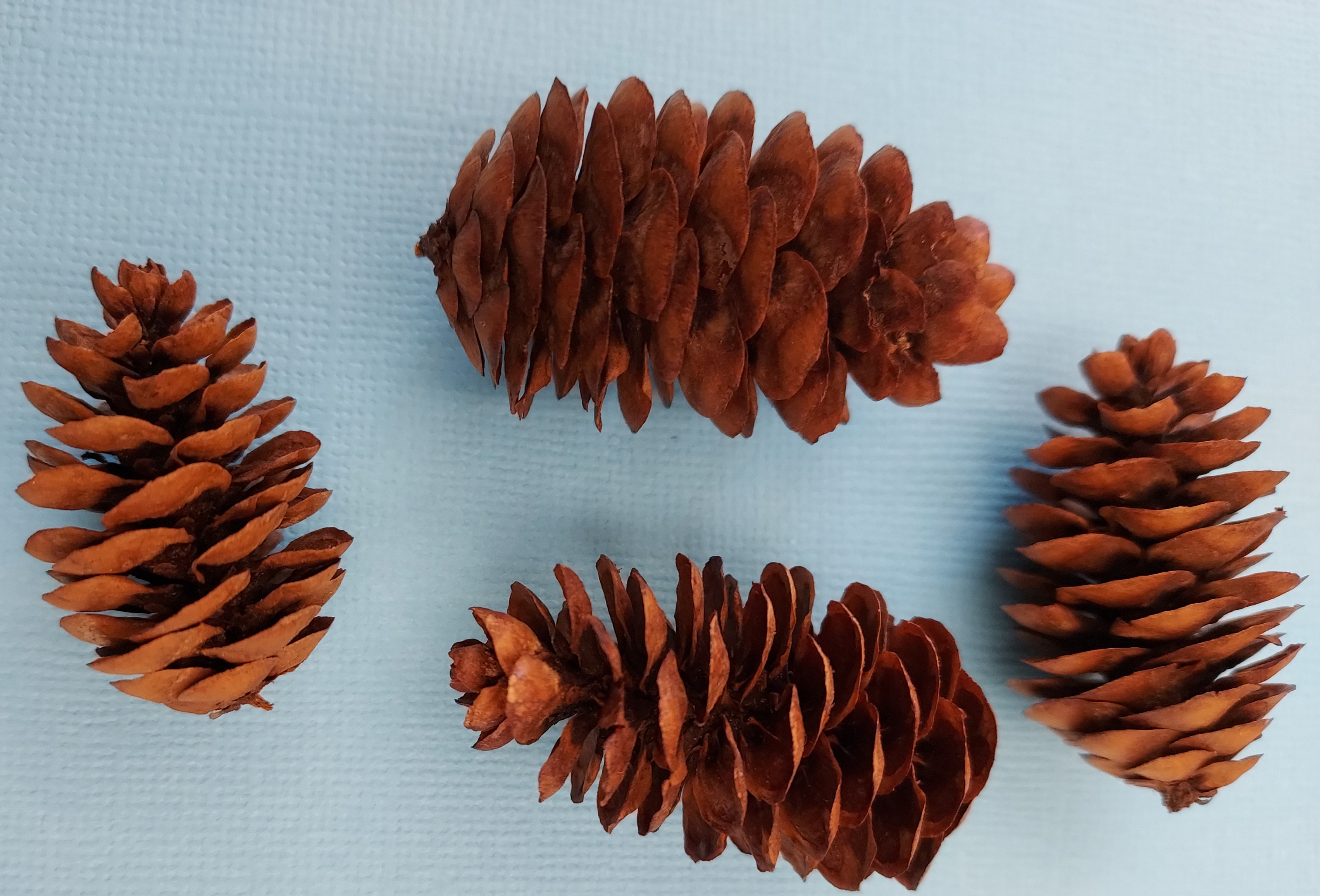
White spruce, Picea glauca
White spruce are native to most of the northern United States. They are native to the Glacier Park area of Montana. They prefer moist, well-draining soils. They have a narrow habit with horizontal to ascending branches. At maturity, white spruce are 40-60 feet tall and 10-20 feet wide. The needles are four-sided, sharp and arranged in a spiral on the twigs. Cones are 1-2 ½ inches long and pendulous.
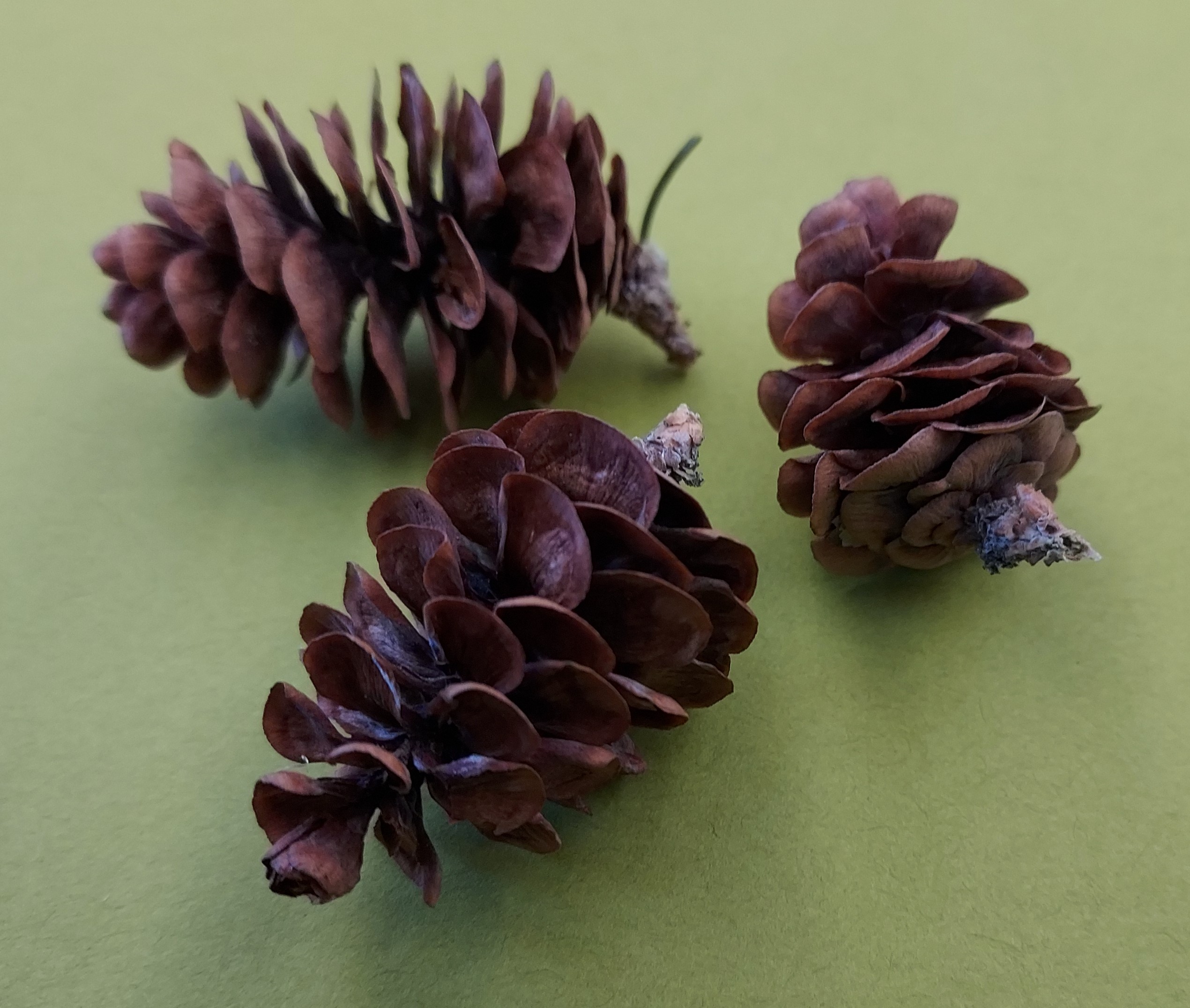
Introduced Spruce
Colorado spruce, Picea pungens
Colorado spruce are native to the mountains of Colorado, Utah, and Wyoming. They prefer moist, mildly acidic soils. Colorado spruce are slow growing. The more alkaline the soil, the slower they grow. They are considered more drought tolerant then other spruce species. They are large, pyramidal trees. They can reach a height of 30-60 feet with a 10-20 foot spread in landscapes and can grow to be 90-135 feet high in the wild. Needles are silvery blue to green, very prickly, and have six stomatic lines. Colorado spruce cones are pendulous and are two to four inches long.
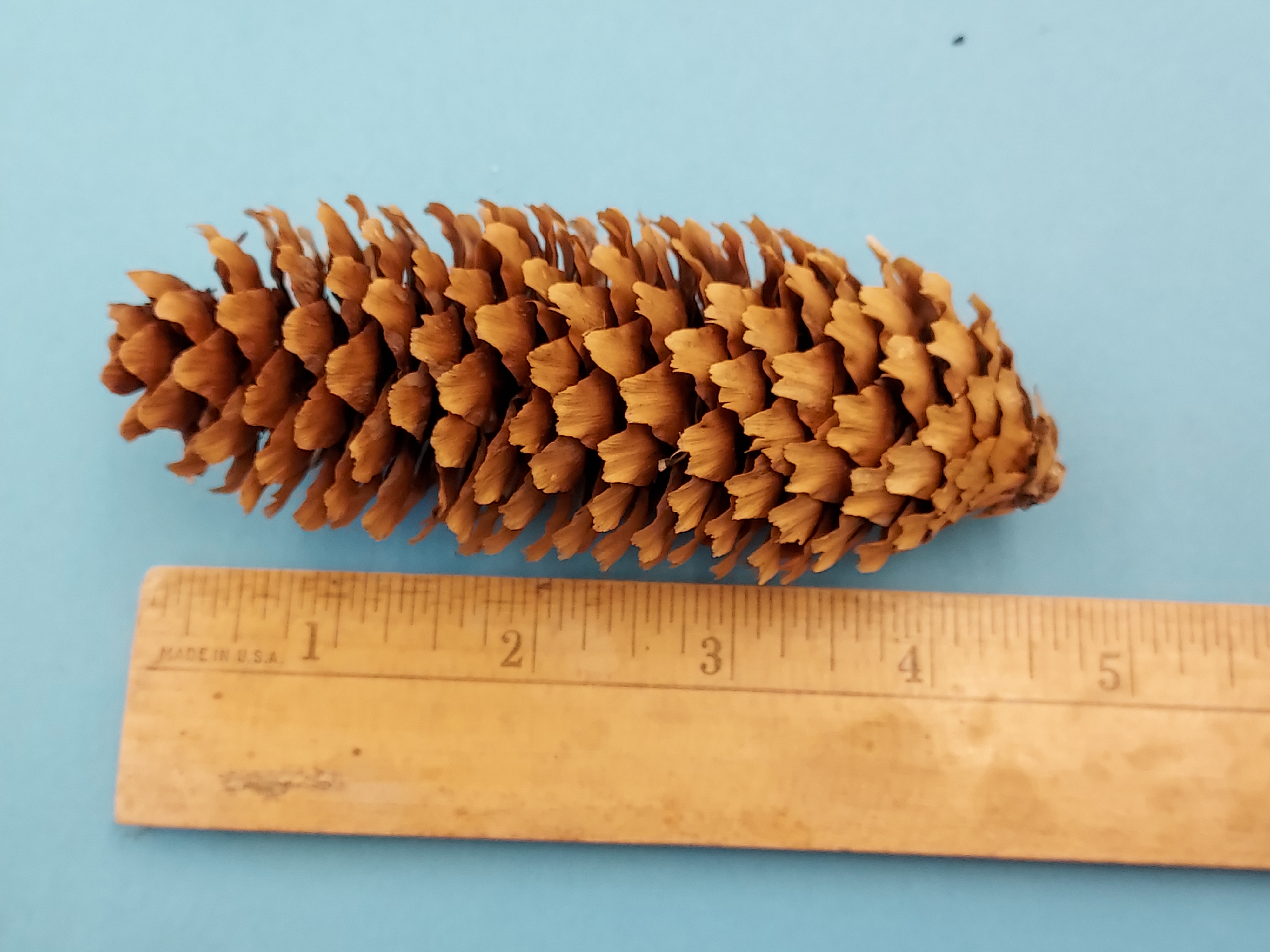
Norway spruce, Picea abies
Norway spruce are native to the mountains of northern and central Europe. They prefer to be grown in moderately acidic, evenly moist, well-draining soils in full sun. They are pyramidal trees and the branches become pendulous as the tree matures. They can reach a mature height of 40-60 feet with a spread of 25-30 feet. Norway spruce have bright green needles with two to three stomatic lines on each side of the needles. Cones are pendulous, four to six inches long, and persist throughout the winter.
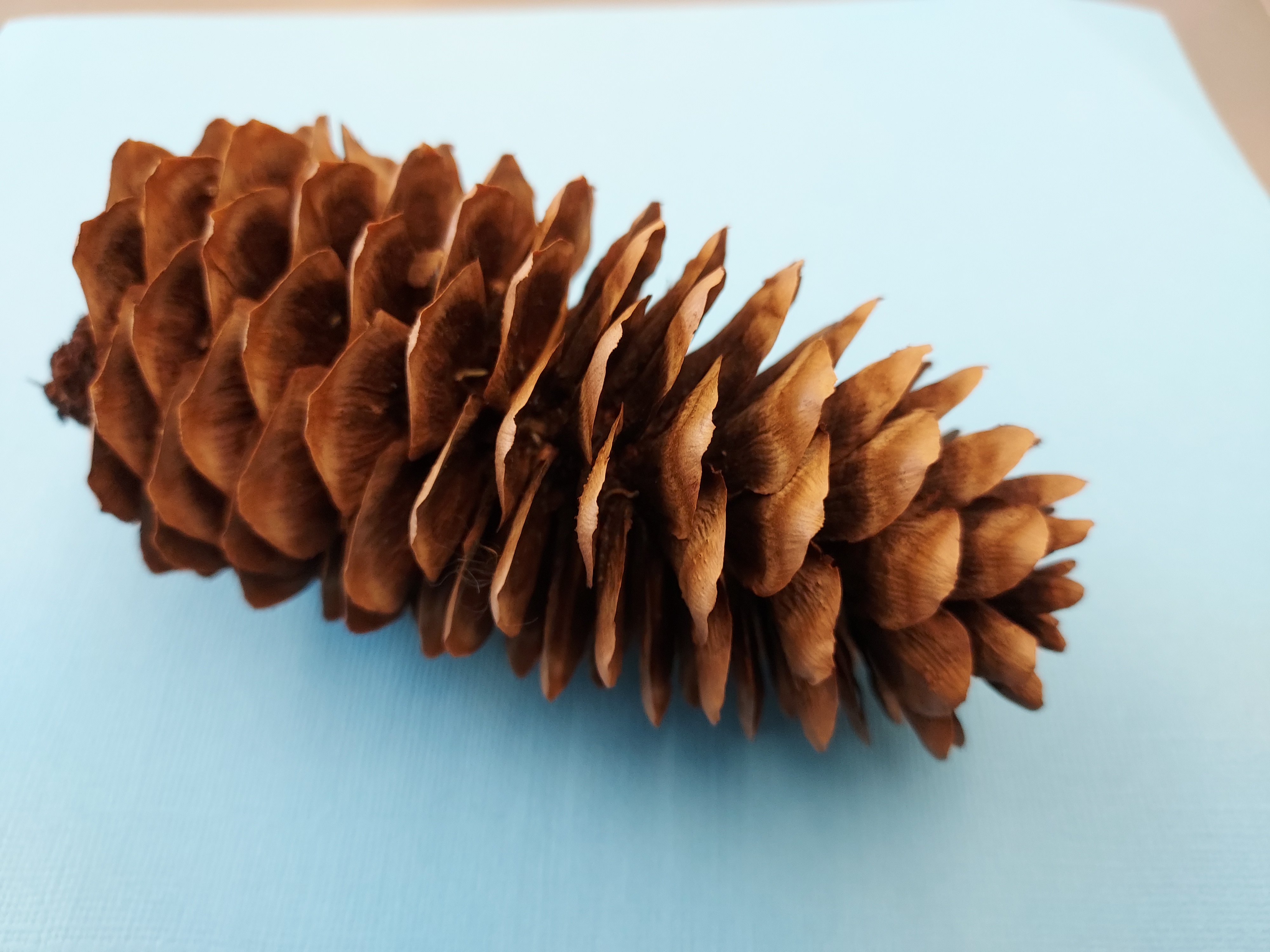
Black Hills Spruce, Picea glauca var. densata
Black Hills spruce are a variety of the native Picea glauca, White spruce. It is a slow-growing variety. They are not considered to be as drought tolerant as Colorado spruce. Black Hills spruce prefer acidic, moist, and well-draining soils. They have a dense, broad, conical form with ascending branches. Needles are 1.5-2 inches long, blue-green, four-angled and are sharply pointed. Black Hills spruce cones are 1½- 2 inches long.
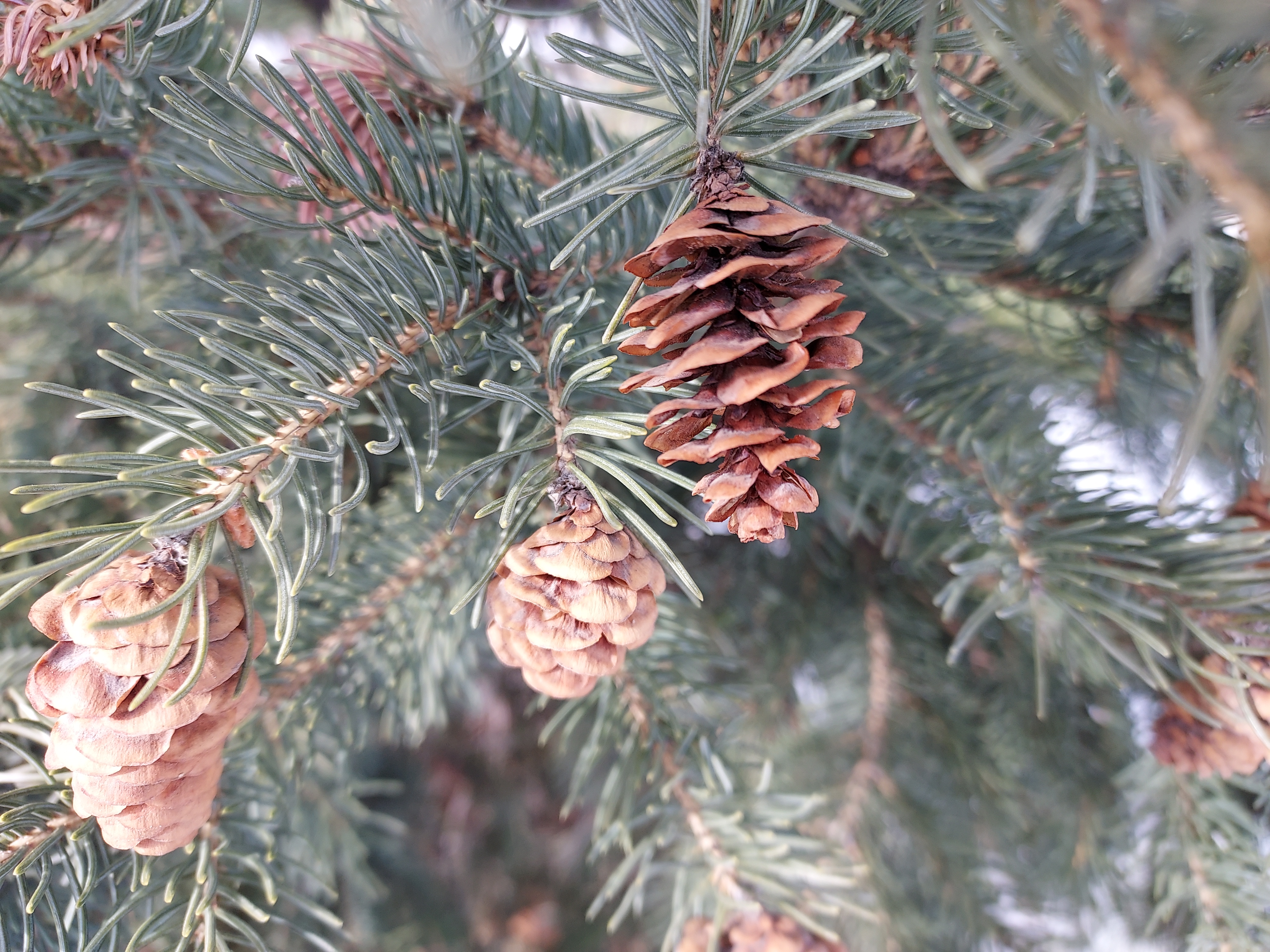
General Requirements-Cultural Practices and Plant Health
Spruce prefer full sun, although a few spruce species have some shade tolerance. Spruce prefer a moderately moist, well-draining soil. They can tolerate a higher soil pH (>7). Their root systems can be especially shallow, which predisposes them to drought stress. Spruce are very cold tolerant. In Montana, they grow at a slow to medium rate of around 12 inches per year, but under optimal conditions they can be relatively fast growing.
Watering Requirements
Watering properly is one of the most critical components of spruce success. How often a spruce tree needs water depends on several variables including the age of the tree, the location, the soil type, temperature, and wind speed.
Trees have deeper root systems than turf. Turf roots exist in the top 4-6 inches of soil, while most tree roots occur in the top 18-24 inches of soil. Relying on a lawn irrigation system to water trees will provide insufficient water. Mature spruce benefit from moisture to a depth of about 18-24 inches. Deep watering will encourage deeper rooting which will reduce the possibility of drought stress.
Generally, trees require 10 gallons of water for every inch of trunk diameter per week. For example, a 5-inch diameter tree would require 50 gallons of water per week. Established trees will not require as much watering as younger trees and those that were recently transplanted. It can take several years for transplanted trees to become established. Tree water bags can be used to provide a slow distribution of water for newly installed trees.
How often a tree needs to be watered is dependent on the moisture in the soil. Soil that feels dry or cannot be penetrated with a tool, like a screwdriver, requires watering. To ensure that water gets to the depth that it is needed, let water soak into the soil under the entire tree canopy. Watering in a concentrated area allows the water to penetrate deeper where most of the roots are located. Watering deeply will also reduce how often a tree needs to be watered. Shallow watering encourages shallow rooting.
Using mulch to reduce soil moisture loss is an important method to combat drought stress. Three to four inches of mulch under the entire tree canopy will conserve soil moisture. Mulch can also improve growing conditions. Turf will compete with trees for water, so removing it from underneath the canopy will allow for more water availability for the tree roots. Mulch applications also reduce the chance of mechanical injury to the trunk from string trimmers and mowers. Once the turf is removed and mulch is applied to the base of the tree, there is no longer a need to use machines near the trunk.
Continue watering spruce in the fall, after the leaves of deciduous trees have fallen. Fall watering reduces the chance of water stress that can happen during drying, winter conditions. Conifers lose water all winter long due to transpiration through their needles. They require ample moisture to support this process through the winter months. In drier winter seasons with no snow cover at the base of trees, supplemental winter watering may also be required, especially for newly planted trees. Add water to trees once a month, only when the temperatures are above 40F (and there is no snow cover), around mid-day so it has ample time to soak before temperatures drop. Since winterizing your irrigation system is important to prevent costly repairs from freezing pipes, water in dry winter months would likely need to be transported from indoors.
Identification of Spruce versus Douglas-fir and True Firs
Spruce, Douglas-fir and true firs are frequently misidentified. Spruce have stiff, angular, prickly, four-sided needles that are evenly arranged around the top, sides, and bottom of twigs. Douglas-fir and true firs have soft, flexible, flat needles that grow on the sides and sometimes the tops of twigs, but rarely on the bottom. Cones of both spruce and Douglas-fir hang down from the branches, while true fir cones point upwards and disintegrate over the season. Douglas-fir cones have three-pointed seed bracts shaped like pitchforks or "mousetails" sticking out of the scales, while spruce cones do not have bracts.
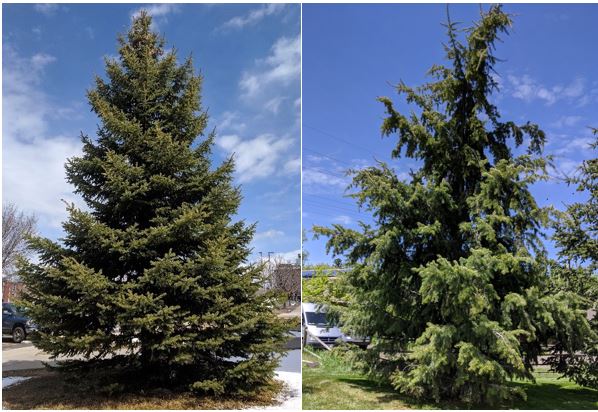
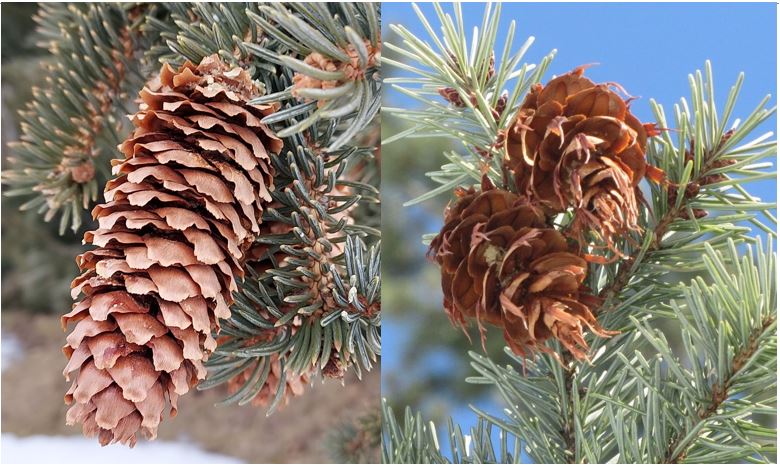
Common Abiotic Issues with Spruce Trees
Winter Injury or Winter Desiccation
Winter injury or winter desiccation is a common problem for spruce trees in Montana. The injury happens when there is minimal snow cover and low humidity over the winter, causing conifers to dry out. Symptoms include red, yellow or brown needle discoloration usually appearing in the spring, especially on needle tips. Damage is most obvious on south and southwest sides of the tree. Water thoroughly during dry periods throughout the growing season and into the fall to reduce the chance of this issue.
Installation and Deep Planting
Spruce should be planted in the spring or fall. Trees planted in the heat of summer can have significantly more transplant shock, drought stress and a poor survival rate. When installing spruce, the root flair must be above the soil surface. The root flair is where the tree trunk meets the roots and widens or “flares” out at the base of the trunk. Most tree roots grow in the upper soil profile where water, nutrients, and air are readily available. When excess soil is deposited on top of the existing soil, it limits the tree’s ability to access these resources. Trees planted incorrectly tend to lack vigor and have a shortened life expectancy. They may exhibit premature needle drop, wilting, scorch, chlorosis, and stunted growth. Adventitious and girdling roots are often found growing from trunks that have been planted too deep.
Drought Stress
Drought stress indicators can accumulate over several years of insufficient precipitation and continue after normal conditions return. Drought injury usually progresses from the top of the tree downward and from the outside to the inside of the crown. Drought stress occurs when water loss from transpiration is greater than the uptake of moisture from the roots. Premature needle loss is a common symptom. Newly installed trees are most at risk to drought damage. Stressed trees are highly susceptible to secondary attack from insects and disease-causing pathogens. There are several strategies that can be implemented to limit drought stress. First, plant trees that are drought tolerant. Slow, deep watering will allow water to penetrate deeper into the root zone. The removal of competing vegetation, like grass and weeds, will free up water resources. Finally, mulching underneath the canopy will help to conserve water.
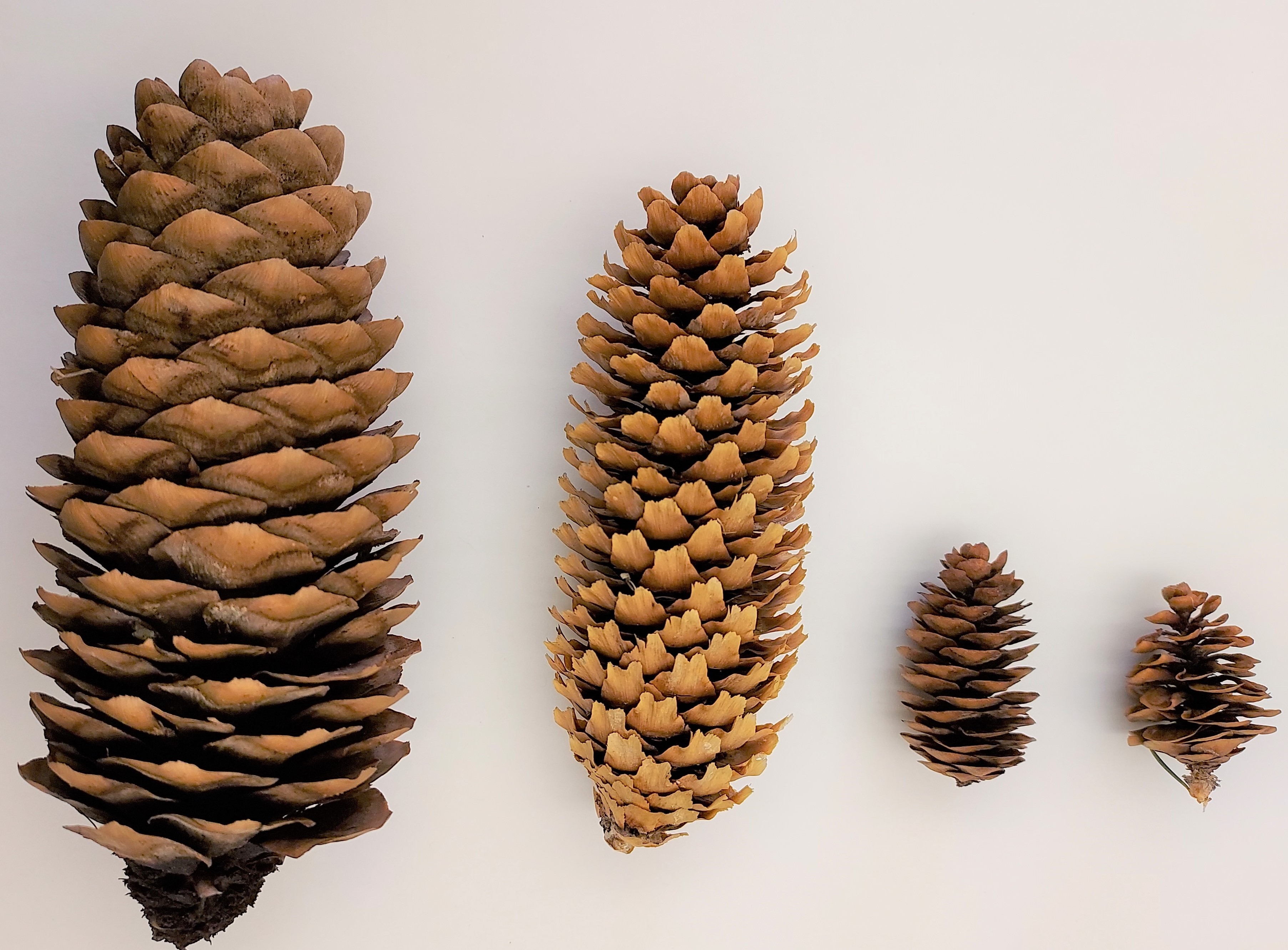
To learn more about the topics discussed on this page, contact the Schutter Diagnostic Lab. If you suspect an infestation on your property, contact your local extension agent, the Schutter Diagnostic Lab at Montana State University, or the Montana Department of Agriculture.
This fact sheet is also available as a printable PDF (12MB).
Disclaimer: These recommendations are provided only as a guide. It is always the pesticide applicator’s responsibility, by law, to read and follow all current label directions for the specifc pesticide being used. The authors and Montana State University assume no liability resulting from the use of these recommendations. The Montana State University Extension Service is an ADA/EO/AA/Veteran’s Preference Employer and Provider of Educational Outreach.
